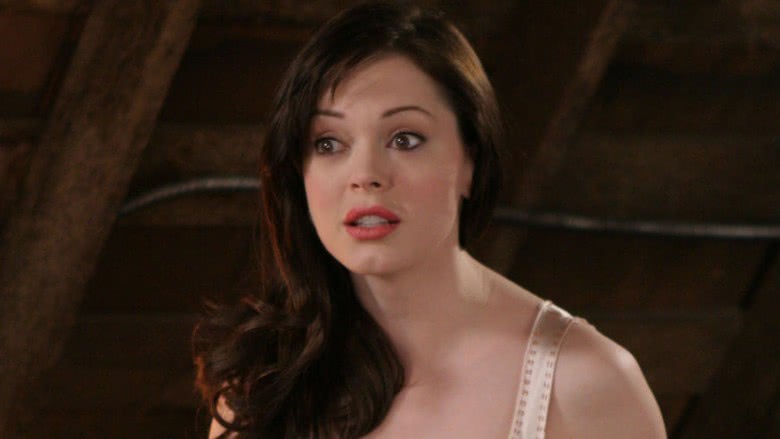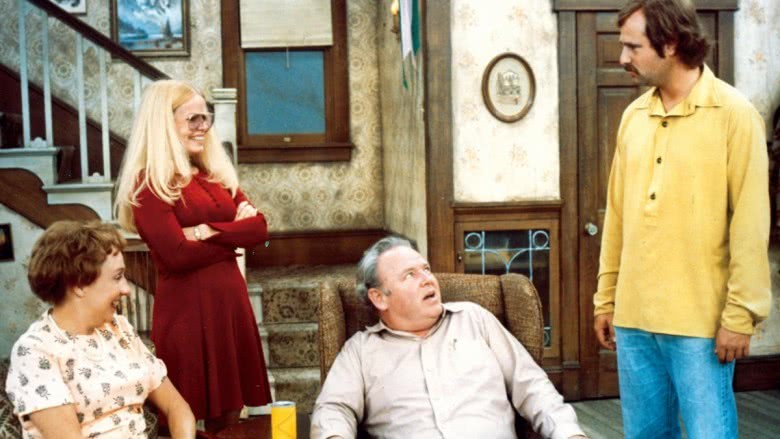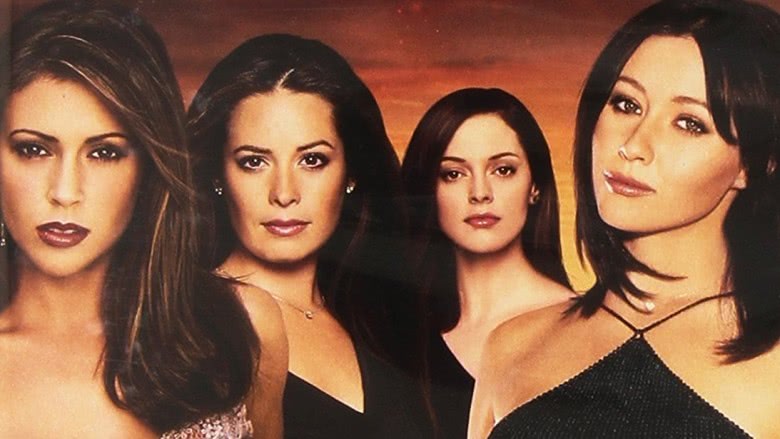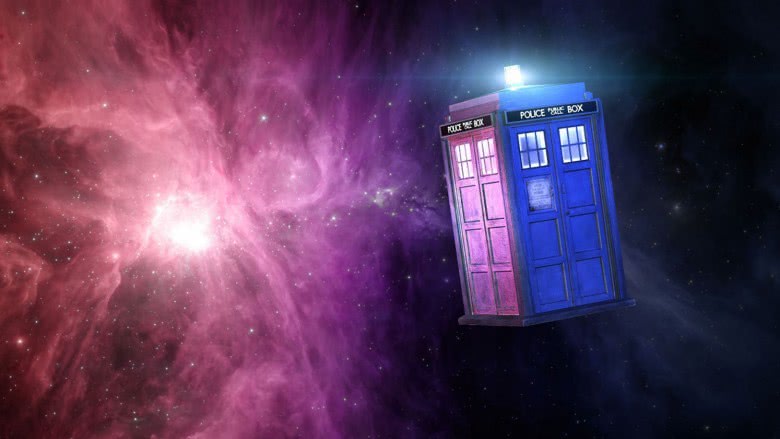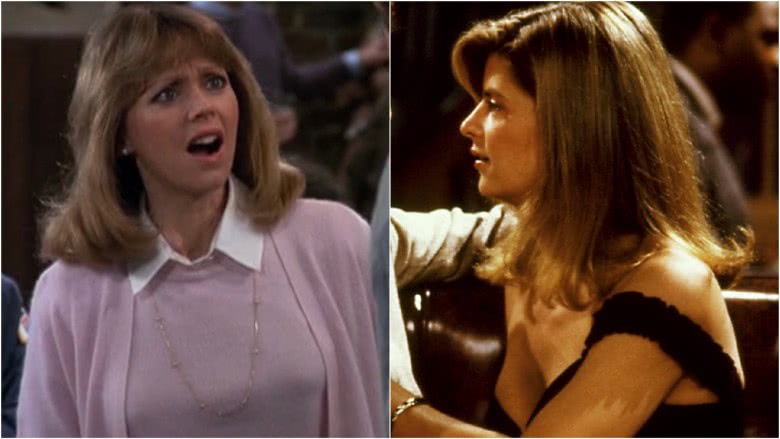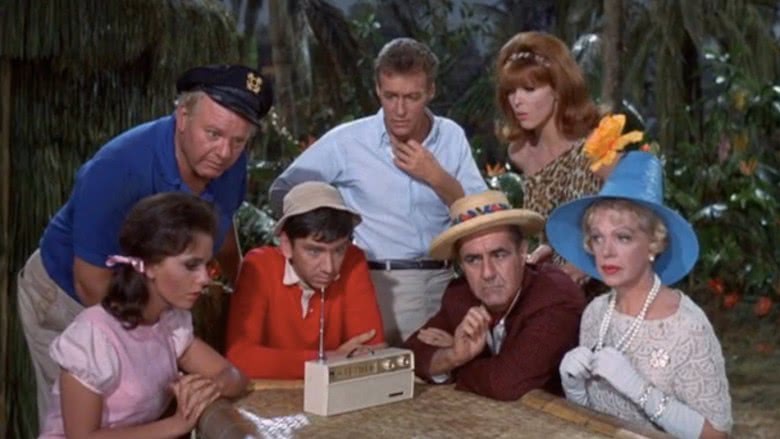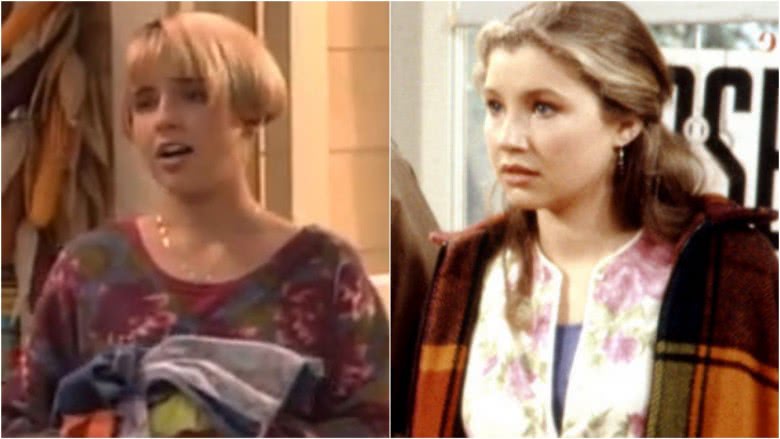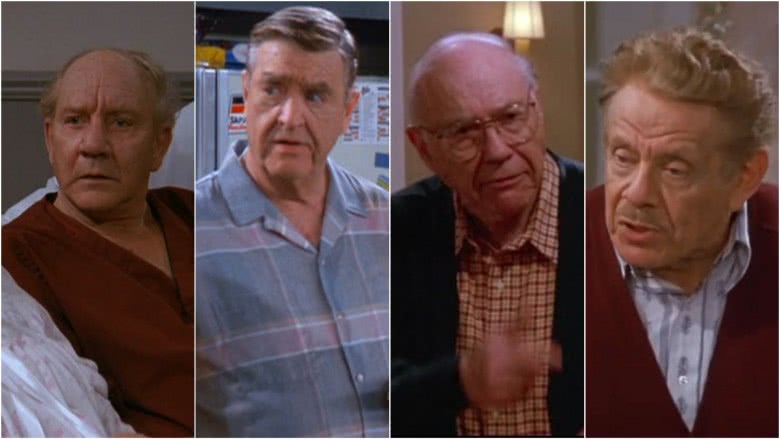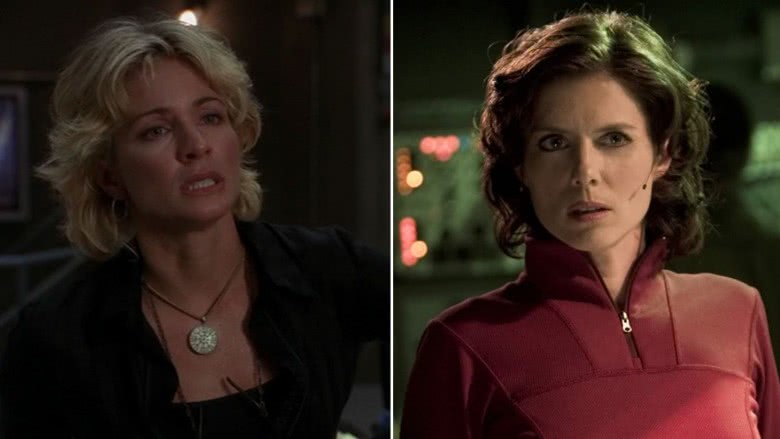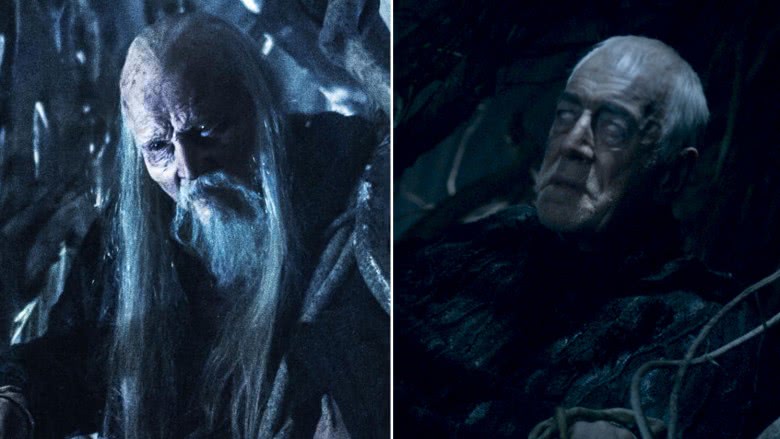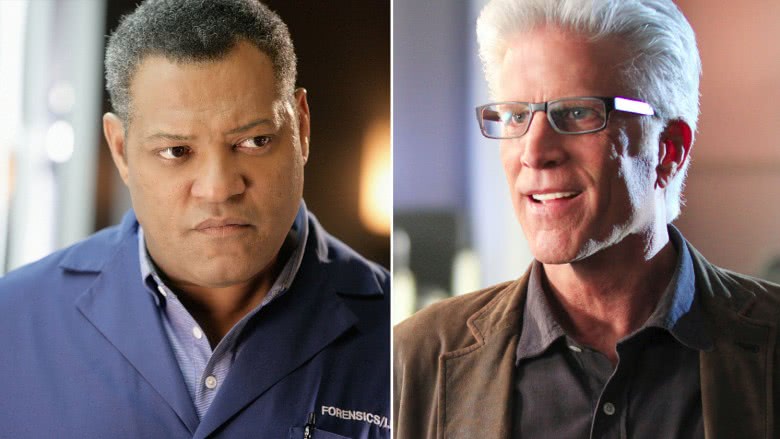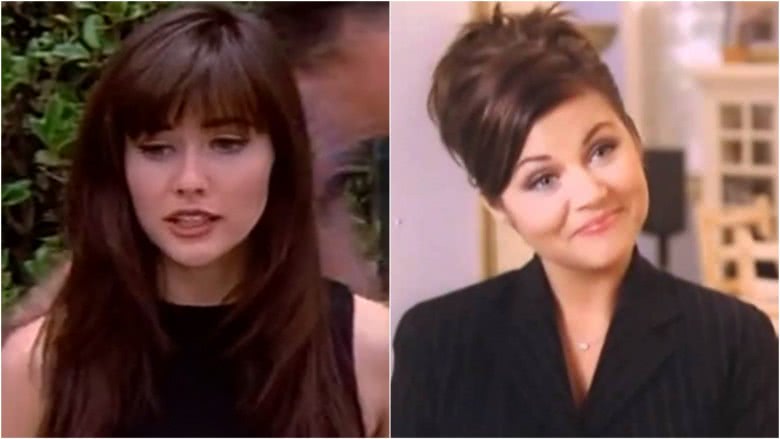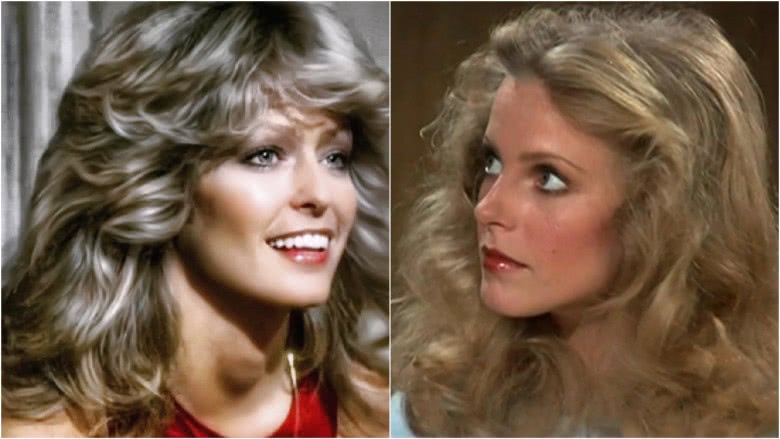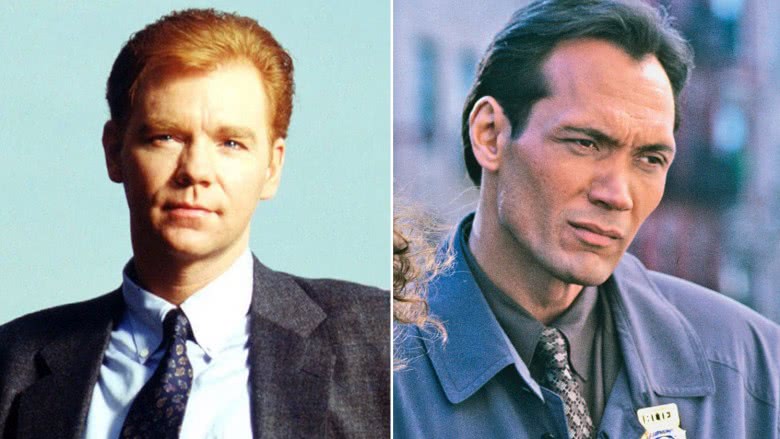Actor Replacements That Made The TV Show Way Better
Casting can make or break a television show, especially in a character-driven series. One only needs to look at how Bewitched performed after Dick Sargent replaced Dick York, or how The X-Files plummeted in the ratings after David Duchovny was replaced by Robert Patrick. On the flip side, sometimes replacing an actor can mean saving a struggling show—or getting it on the right track from the beginning if a casting director spots a problem while taping the pilot. Let's take a look at some of the most successful actor replacements, and how they saved their shows.
All in the Family
While All in the Family primarily focused on the antics of the conservative and bigoted Archie Bunker (played by Carroll O'Connor) and his kindhearted wife Edith (Jean Stapleton), there's no question that the series wouldn't have been what it was without the Bunkers' daughter, Gloria, and her husband Michael. ABC, the original network looking to produce All in the Family, rejected the first pilot, citing a lack of chemistry between Kelly Jean Peters (who was playing Gloria), and Tim McIntire (who was playing Michael). Series creator Norman Lear tried again, this time with Candice Azzara in the role of Gloria and Chip Oliver as Michael. Still not satisfied, ABC passed on the show, selling the rights to CBS.
After CBS picked up All in the Family, a third pilot was shot, with Sally Struthers as Gloria and Rob Reiner as Michael. The network was happy with the recast and greenlit the series, and the rest is history. All in the Family would go on to be one of the most beloved shows of all time, and Struthers would even get her own spinoff series, Gloria, which aired on CBS from 1982-1983.
Charmed
For the first three seasons of Charmed, fans follow the adventures of Prue, Piper and Phoebe Halliwell (played by Shannen Doherty, Holly Marie Combs, and Alyssa Milano, respectively). Toward the end of the third season, simmering tensions between Doherty and Milano came to a boil, and the show—produced by Aaron Spelling—opted to let Doherty go.
Because the entire premise of the show revolves around the "Power of Three," firing one of the main actresses could have spelled the end. Instead, the show chose Rose McGowan to play long-lost half-sister Paige, who took the place of Doherty in the cast. Not only did McGowan's casting save the series from disaster, but Charmed went on post ratings during seasons 4 through 7 that matched or beat ratings from the second season.
Doctor Who
In perhaps one of the most famous examples of character replacement, the creators of Doctor Who used a novel plot device to handle an actor bowing out—and it not only saved the series, but would eventually become one of the show's signature elements. In 1966, an aging William Hartnell—who played the First Doctor—was forced to leave the series because of his worsening health. In an effort to revitalize ratings and explain the change, writer Gerry Davis and producer Innes Lloyd came up with the idea that the Doctor could "die" and then come back to life in a new body. This idea neatly answered the questions posed by replacing the show's main star with a new face—in this case, Second Doctor Patrick Troughton.
The concept was evolved further during the 1974 transition from the third to fourth doctor in "Planet of the Spiders": the transition was dubbed "regeneration," and more insight was given into how it works—a process modeled on a bad acid trip. The 12th Doctor, Peter Capaldi, recently revealed that the 2017 Christmas Special would be his last appearance in the part, which means we should keep our eyes peeled for who he'll regenerate into next. While fans have not always been the most receptive to new Doctors, there's no question that Doctor Who would never have grown into a decades-spanning sensation without this innovative way of dealing with cast turnover.
Cheers
Ask a roomful of Cheers fans which seasons were better—the Diane years or the Rebecca years—and you'd better be prepared for a shouting match, if not an all-out brawl. Cheers struggled through some difficulties in the ratings during its first season, but by 1987, it was one of the top three shows on TV. When Shelley Long decided to leave the series after five seasons, some wondered if it spelled doom. (Hint: it didn't.) If you're one of those fans who can't stand the character of Rebecca Howe (Kirstie Alley), we have some good news—a rare video of the alternate version of season five's finale exists, in which Sam and Diane actually do tie the knot.
Cheers would go on for six more seasons, with Ted Danson and Kirstie Alley playing out a very different love/hate dynamic than the one between Danson and Long. Despite the differences, it soon became clear that audiences loved the new formula just as much (or more) than the old: Cheers continued to be a ratings topper for the next six seasons, with a massive 93 million people tuning in for the series finale.
Gilligan's Island
Although it only lasted three seasons (and a handful of television movies), it's hard to think of a more iconic '60s sitcom than Gilligan's Island. Part of the success of the show was undoubtedly due to the oddball cast of characters that found themselves shipwrecked together. But what if we told you that that cast almost looked very different? In the pilot episode, redheaded actress Kit Smythe played the role of Ginger, who was a secretary in that early script. Instead of Mary Ann, the pilot gave us "Bunny," a ditzy blonde coworker of Ginger's, played by Nancy McCarthy. John Gabriel played a much hunkier version of the Professor, as a high-school teacher with an unbuttoned shirt showing off his impressive physique.
Network screeners were not satisfied with Smythe, McCarthy, or Gabriel, so the parts were rewritten and recast with Tina Louise as movie-star Ginger, Dawn Wells as girl-next-door Mary Ann, and Russell Johnson as the (still hunky, but more respectable) Professor. While Tina Louise would eventually come to resent her role on the series and even refuse to participate in the later TV movies or reunions, we can't imagine anyone else as Ginger. The same goes for Dawn Wells and Russell Johnson—Gilligan's Island is a true example of how the right cast can make all the difference in the world.
Roseanne
On the hit comedy Roseanne, one actor replacement became something of an inside joke on the series and among fans. The original actress playing eldest daughter Becky, Lecy Goranson, left the show in the fifth season to attend Vassar College. Her class schedule allowed her to only film a handful of episodes in season five, and her character was initially "written out"—with Becky supposedly moving away to live with her husband. Producers decided the missing Becky left too large a hole in the cast, however, and cast Sarah Chalke (who would later star in Scrubs) in the part. Chalke played the part of Becky full-time in seasons six and seven, until Goranson graduated from college.
During the eighth season of Roseanne—which was supposed to be the last—Goranson returned part-time to the role, with her and Chalke alternating in the part depending on availability. This became something of a running gag among the cast and writers, with Roseanne remarking to Becky in one episode, "I can have you replaced, you know." During the show's "morphing" intro, you can even watch as they switch from a photo of Goranson to Chalke and back again. Goranson departed the show again after season eight, and Chalke played Becky in the ninth and final season.
Seinfeld
While Seinfeld primarily revolved around the lives of Jerry, George, Elaine and Kramer, there's no question that the cast of supporting characters helped make the show. In the cases of Frank Costanza and Morty Seinfeld, the roles of these leading dads may have been very different without two last-minute casting changes by Seinfeld creator Larry David. Jerry Seinfeld's father Morty first appears in the second episode of the show, and was originally portrayed by Phil Bruns. He was replaced during the second season by Barney Martin, who would play the part for the rest of the series.
George's father Frank was introduced in season four, and initially played by John Randolph in the character's first appearance. Jerry Stiller took over the part from Randolph, playing a much more animated and angry Frank for the rest of the series. While Larry David had Randolph's first appearance re-shot with Stiller for syndication, you can see their performances side-by-side in this video of "The Handicap Spot."
Stargate SG-1/Stargate Atlantis
In the seventh season finale of Stargate SG-1, Jessica Steen introduced us to Dr. Elizabeth Weir, interim leader of Stargate Command. In the following season's premiere, Steen was nowhere to be seen, and had been replaced by Torri Higginson.
Weir stepped down as the leader of SGC at the end of the season eight SG-1 premiere in order to take the helm of the Atlantis expedition in the spinoff series Stargate Atlantis. Under Higginson's lead for three seasons of its five-season run, Atlantis would go on to be nearly as celebrated as SG-1, earning dedicated fans and dozens of awards and nominations.
Game of Thrones
Even a massively popular series like HBO's Game of Thrones isn't immune to casting mishaps along the way. While the majority of Thrones' casting is absolutely perfect—primarily due to the incomparable skills of casting director Nina Gold—there have been a few occasions that required a recast. Notably, when important secondary character the Three-Eyed Raven was introduced in the season four finale, he was initially played by Struan Rodger.
For many viewers, Rodger's subdued performance (and that crazy hair and beard) wasn't what they'd imagined for the character. In season six, both the Three-Eyed Raven and his companions the Children of the Forest got an upgrade, with Max von Sydow taking over for Rodger, and the Children morphing from undersized human-like ragamuffins to an elegant and clearly separate race of beings.
CSI
After nine years of what was obviously a very successful formula, CSI creators were left scrambling when actor William Petersen made the decision to leave the show and his role as LVPD supervisor Gil Grissom. Producers hired Laurence Fishburne to take Petersen's place as CSI supervisor in the role of Raymond Langston; unfortunately, despite his distinguished big-screen career, Fishburne never really clicked in his CSI role, and the actor ended up departing the series after only two seasons—with declining ratings left in his wake.
Again the showrunners were forced to find a replacement, and this time they struck gold, tapping former Cheers and Damages star Ted Danson to join the cast as supervisor D.B. Russell. Danson managed to recapture some of the magic from the Gil Grissom years, and would remain with the show for its final four seasons.
Beverly Hills, 90210
Over the years, actress Shannen Doherty has had some pretty notorious fights with her costars. Her previously mentioned issues with castmate Alyssa Milano on the set of Charmed weren't the first time she'd been removed from a show because of infighting. On the set of Beverly Hills, 90210, Doherty famously clashed with costar Jennie Garth—a fight that nearly came to blows. Fellow 90210 alum Tori Spelling (daughter of creator Aaron Spelling) later revealed she asked her dad to fire Doherty following the incident.
When it came to replacing Doherty and her "good girl" character Brenda Walsh, the show made an inspired choice by picking actress Tiffani-Amber Thiessen to play the troublesome and emotionally troubled Valerie Malone—a far cry from her former role on Saved by the Bell. Thiessen would remain with the series for six more seasons, and provided an arguably much more interesting character.
Charlie's Angels
When Farah Fawcett left Charlie's Angels after the first season, it was questionable whether the series would be able to recover from the loss of such a high-profile star. Thankfully, the show's creators came up with a workable solution that saved the hit series from self-destructing. When producer Aaron Spelling called up Cheryl Ladd to take a part, replacing Fawcett on the show, she was initially reluctant. "Who was going to go in there and try to replace Farrah Fawcett...what maniac would try that?" she told Oprah in 2016.
Despite her initial misgivings and butterflies "as big as elephants," Ladd persevered—and proved to be a success when she stepped into Fawcett's shoes as younger sister Kris Munroe. She'd continue with the show for the rest of its five-season run, and it's hard to imagine Charlie's Angels today without her presence.
NYPD Blue
When NYPD Blue debuted in 1993, the cast was led by David Caruso and Dennis Franz as gritty NYC detectives John Kelly and Andy Sipowicz. The show was an instant success, pulling in an impressive 21 million viewers by the third episode. When Caruso left the series in the second season, fans and critics reacted angrily to his decision to pursue a movie career, viewing it almost as a betrayal.
The show brought on Jimmy Smits in the role of Bobby Simone as a new partner for Sipowicz, and one of television's greatest cop friendships was born. There's no doubt Smits was perfect for the role, and he'd continue with the series until the sixth season, when a heart transplant and infection would claim the character's life in an Emmy-winning episode now considered one of the best of the entire series.
